In recent years, U.S. schools have witnessed a concerning decline in student behavior. Teachers report an increase in disruptions, such as emotional outbursts, constant fidgeting, and defiance. These issues have made classroom management more challenging. Experts suggest that the aftermath of the COVID-19 pandemic has significantly worsened these pre-existing behavioral problems.
The Role of Teacher Burnout
Teacher burnout has become a significant issue, with many educators experiencing emotional exhaustion and feelings of ineffectiveness. The rise in disruptive student behavior is a major contributing factor, making it difficult for teachers to maintain control and deliver quality instruction. Lack of support and resources only exacerbates their stress, leading to higher attrition rates and decreased job satisfaction.
Impact on the Learning Environment
The combination of worsened student behavior and increased teacher burnout has a negative impact on the learning environment. Students face disruptions that hinder their academic progress, while teachers struggle to create a productive classroom atmosphere. This creates a cycle that diminishes both student and teacher morale, further disrupting the learning process.
Addressing the Issue
To address this crisis, schools must implement comprehensive strategies that target both student behavior and teacher well-being. This includes providing professional development for teachers, increasing support staff, and fostering a positive school culture built on respect and collaboration. Proactive measures will help create an environment that supports effective teaching and learning.
The decline in student behavior and the rise in teacher burnout are closely intertwined issues that require immediate action. Through systemic changes and concerted efforts, schools can alleviate these challenges, ensuring a positive and effective educational experience for both students and educators.

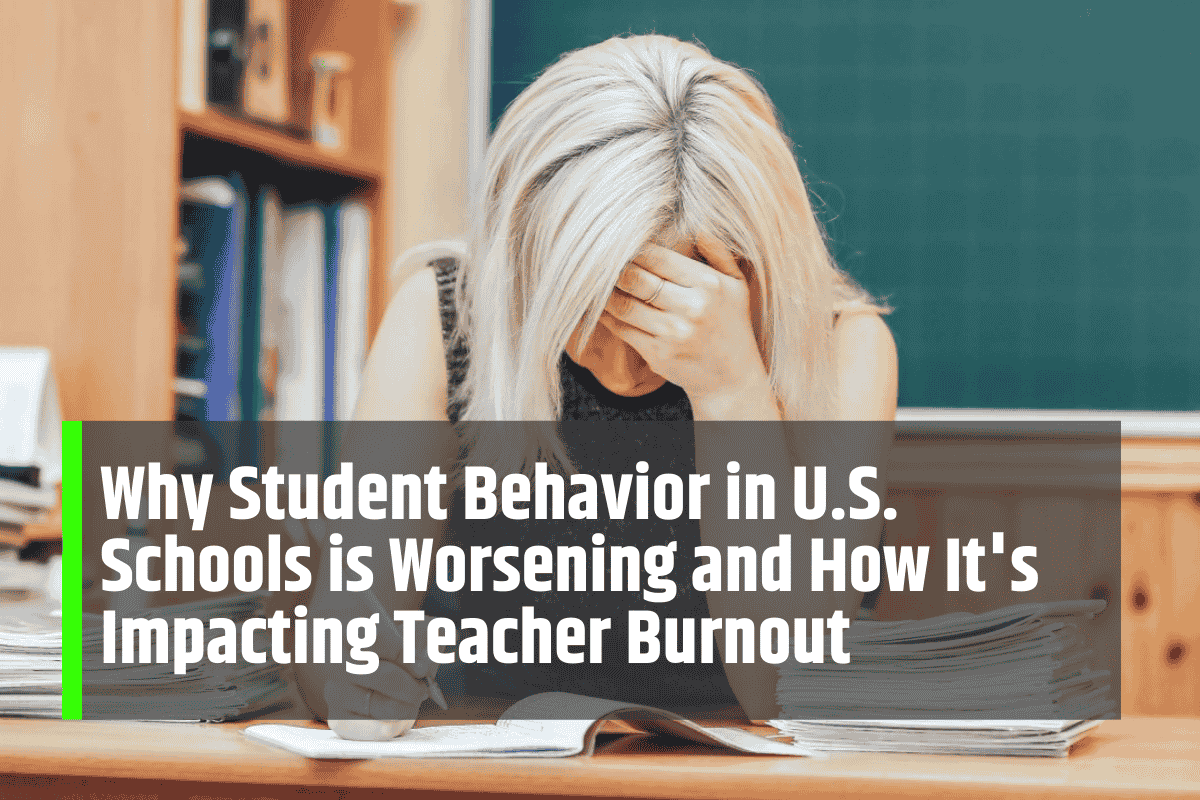
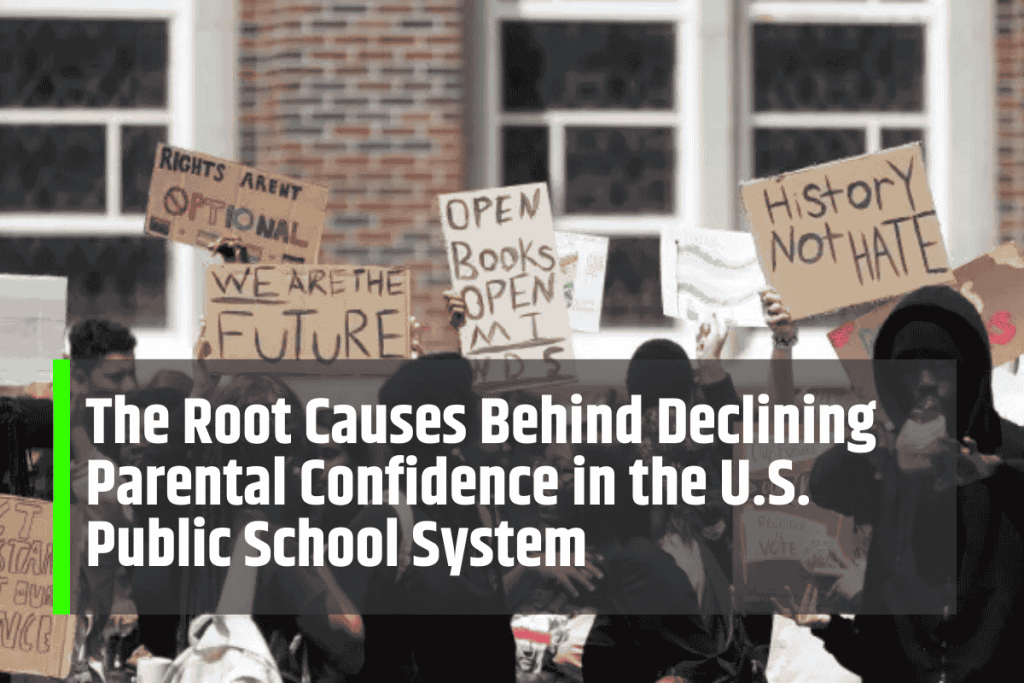
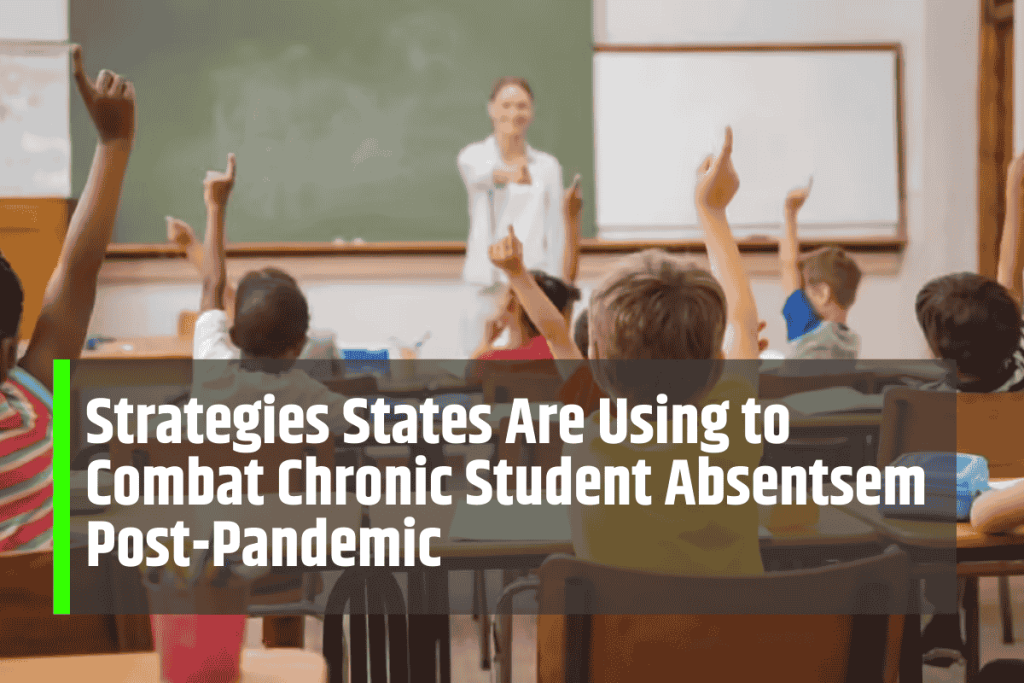

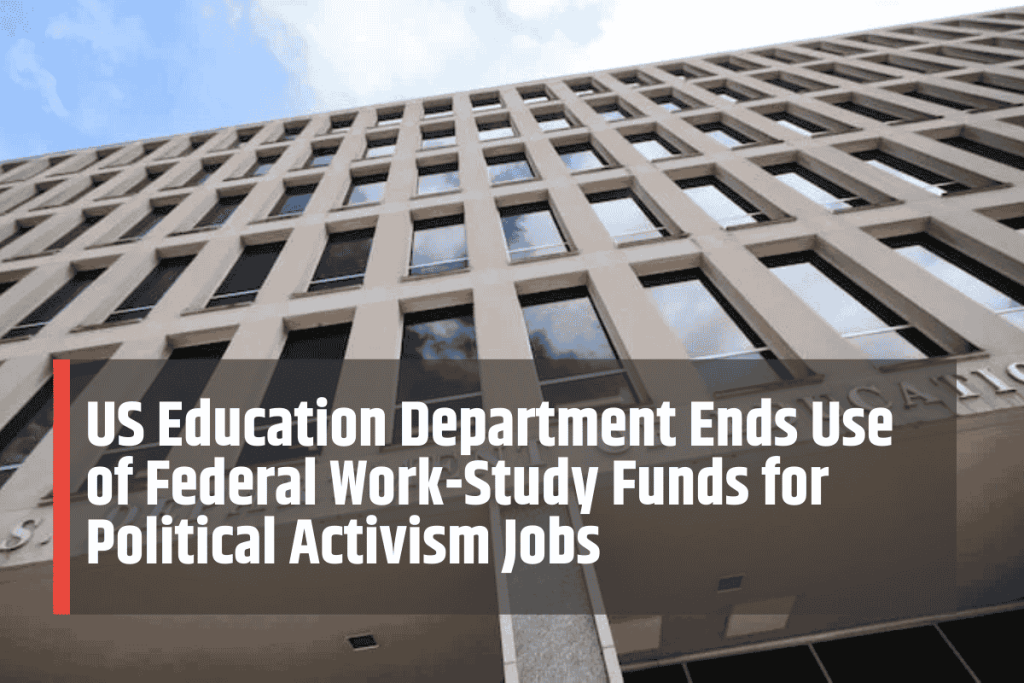

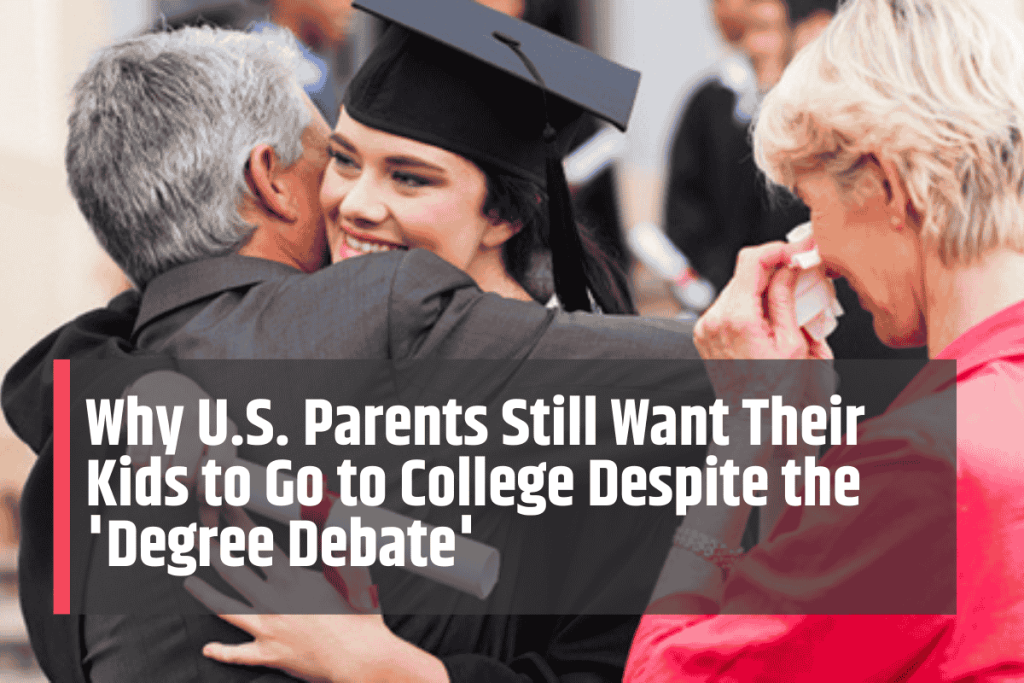



Leave a Comment